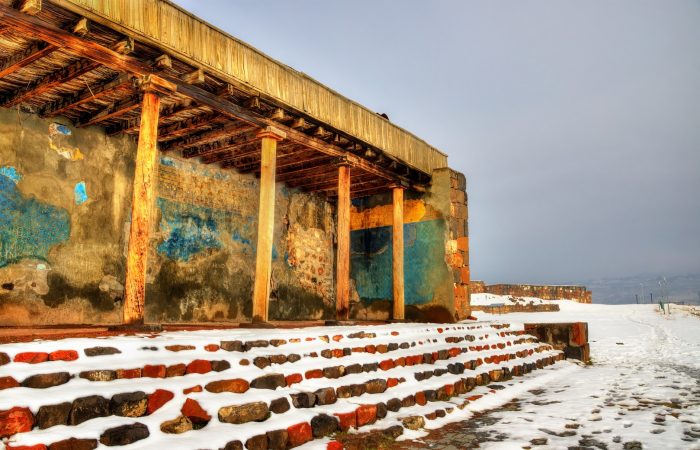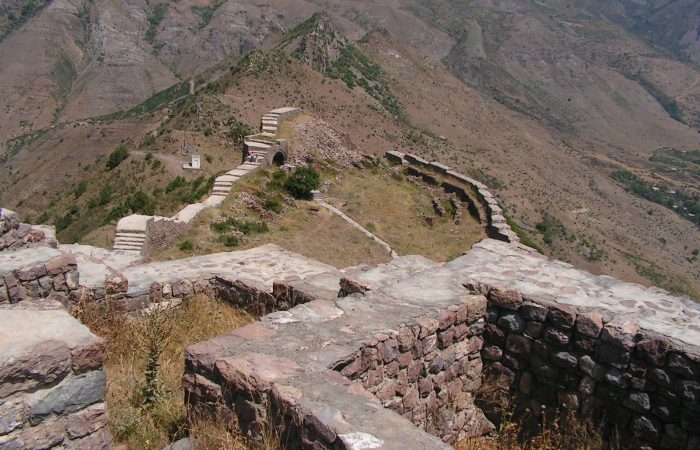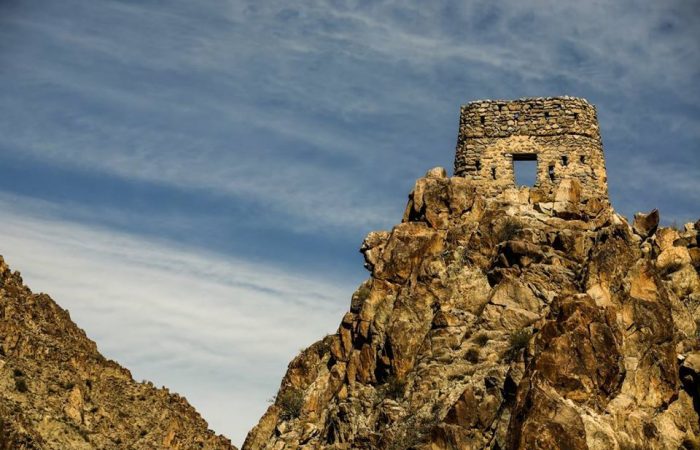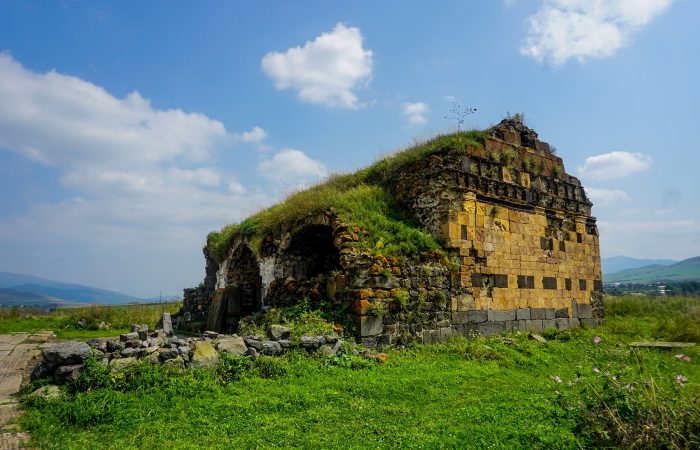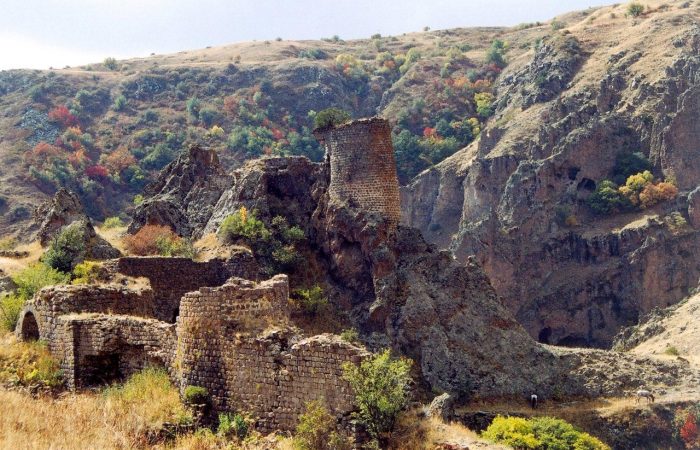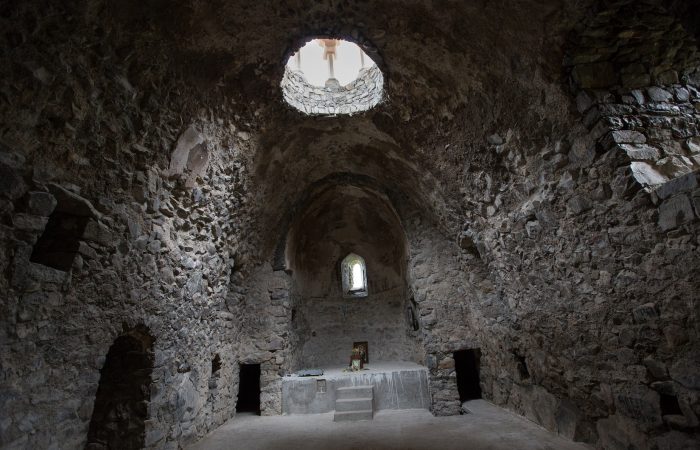Museum of Literature and Art Permanent Exposition
The exhibition titled “From Sayat-Nova to Charents” was opened in 2002, and it includes the greatest Armenian writers and artists of the 18th century up to the early 20th century, more precisely until the 1930s.
In 2007 the memorial room of Armenian composer, pianist and teacher Stephan Elmas was opened in the museum. The “Stephan Elmas Fund” functioning in Switzerland has donated many valuable things to the museum.
In 2008 the museum’s hall was renovated and ultimately turned into “Komitas Hall.” Presently, it not only serves as a hall where different conferences and concerts are held, but also as a room where an impressive exhibition dedicated to the outstanding composer is organized.
Museum of Literature and Art Collection
The museum’s collection varies greatly. The collection is classified according to themes; literary, theatrical, musical and movie. The museum also has its library and A/V (Audio and Video) room.
Literary Section – The literary section is the richest. The oldest piece this section houses is Sayat-Nova’s main collection of songs called “Davtar.” Other than that the following items are preserved there – Khachatur Abovyan’s manuscripts of his Verk Hayastani (Wounds of Armenia) novel, letters he received from a number of foreign outstanding figures, the manuscripts of Grigor Zohrap, Misak Metsarents, Hovhannes Tumanyan, Yeghishe Charents and others. Of great interest are the manuscripts of the writer who was long considered the “nation’s enemy,” that is the manuscripts of Yeghishe Charents, especially the ones that were hidden under the ground, and which have been partially recovered.
Notably, the works of the Armenian classical art historians such as Gevorg Bashinjaghyan, Panos Terlemezyan, Ervand Kochar and others are always featured in the museum’s permanent and temporary expositions. The section also includes the writers’ personal belongings and furniture, like the ring of Misak Metsarents. The personal belongings of several Armenian writers like Daniel Varujan, Siamanto, Grigor Zohrap and Ruben Sevak who became the victims of Armenian Genocide are also preserved in the museum.
Theater Section – Around 250,293 materials referring to the actors and actresses of Armenian theater reside in this section. Among them there are such theater artists like Siranuysh, Petros Adamyan, Hovhannes Abelyan, Vagharsh Vagharshyan, Gevorg Chmshkyan and others. This section is especially interesting and impressive due to the actors’ belongings and the dresses exhibited there. Bronze Age statuettes regarding the ancient period of the Armenian Theater as well as the path along which the Armenian theater has walked in the 19th and 20th century are also presented.
Music Section – This section boasts of 155,992 materials out of which the majority refer to Armenian composers, conductors and singers. Of great value are the materials belonging to the greatest composers of the 19th and 20th centuries – Christaphor Kara Murza, Komitas, Nicol Galanderian, Mackar Ekmalian, Armen Tigranyan, Alexander Spendiaryan, Romanos Meliqyan and others. A great interest bear the belongings of Komitas, among them his notes of Armenian folk and spiritual songs, studies, poems, photos, documents and musical instruments. The Music Section includes Sayat-Nova’s qamancha, Jivani’s violin, Komitas’s piano and so on.
Movie Section – Around 66,000 materials regarding movie directors Stepan Kevorkov, Grigoriy Melik Avagyan, Artashes Hay-Artyan, Frunze Dovlatyan, Laert Vagharshyan and others are exhibited. The section includes photos, movie scripts as well as unique equipment used to shoot the first Armenian movies.
Library – The museum’s library includes a huge number of books and samples of new and old periodicals. Also, the library includes the complete collection of the “Byuzandion” periodical, which was published in Constantinople.
A/V Room – This is a relatively new section including the museum’s video and audio materials. It comes with over 1000 materials; CDS andDVDs. Due to modern equipment the original materials are being restored and converted into new formats. CDs featuring Komitas and Armenak Shahmurdyan, Vrtanes Papazyan and Hrachya Nersisyan represent a great value not only for the museum but also the visitors and people acquainted with the work of Armenian artists and performers. Also the speeches and interviews of Armenian writers residing in Soviet Armenia and abroad are kept there.
Interestingly, there are several museums, which during the course of time have been included in the Museum of Literature and Art named after Yeghishe Charents as its branches. Among them are the House Museum of Hovhannes Tumanyan, the House Museum of Aksel Bakunts, the House Museum of Derenik Demirchyan, the House Museum of Perch Proshyan and the House Museum of Grigor Ghapantsyan.
Address: Yerevan, Aram 1 Str.
Tel.: (374 10) 583-641
Fax: (374 10) 581 651
E-mail: [email protected]
Website: http://www.gatmuseum.am






